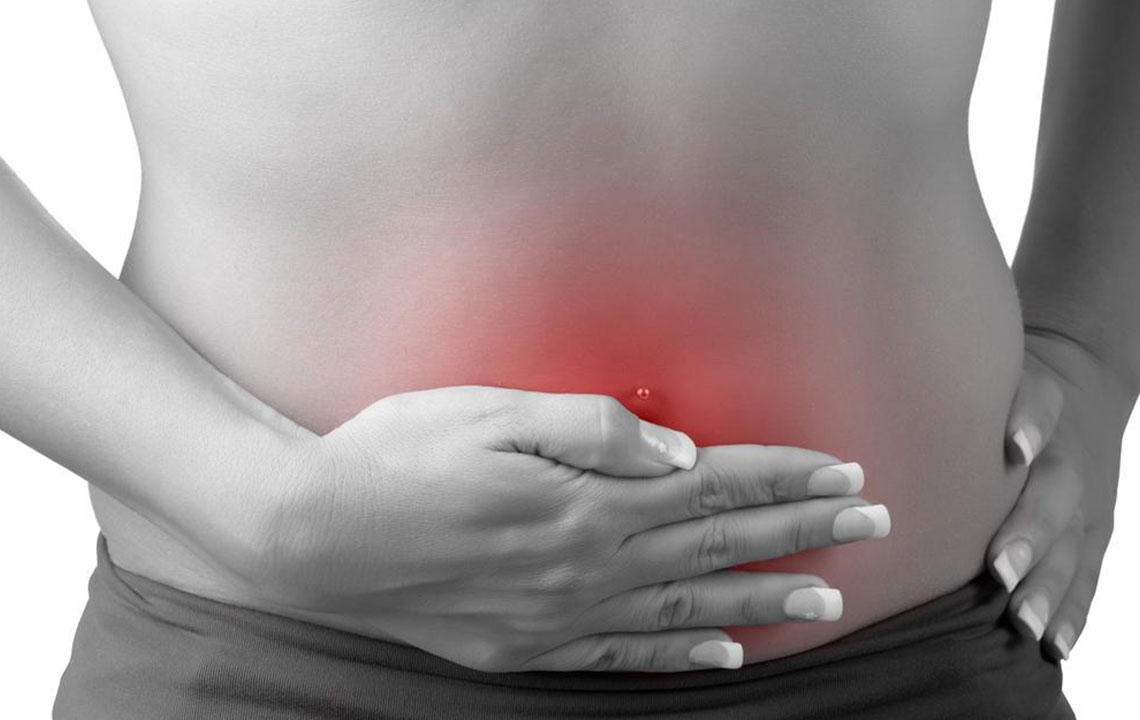Everything You Need to Know about Urinary Tract Infections
Most people would have experienced a bladder infection at some point in their life. Bladder infections are quite common, and so you should watch out for the signs of bladder infections.
Bladder infections are also called urinary tract infections (UTIs). Urinary tract infections can affect any part of the urinary system. Infections that affect the lower part of the urinary system are called bladder infections, whereas those that affect the upper portion of the urinary system are called kidney infections.

Bladder infections occur when bacteria enters the urinary system. These infections are more common in women but can affect anyone and at any age. The bacteria enter via the urethra which is a tube that connects the bladder to the outside of the body.
Urinary tract infections can be cured with a combination of medications and home remedies. To prevent recurrent urinary tract infections, certain precautions need to be taken, like—drinking enough water and maintaining personal hygiene. A popular home remedy is cranberry juice for bladder infections.
In a given year, up to 10% of women, will experience a urinary tract infection. These infections are most common in the ages of 16 to 35, and recurrent cases are common.
Symptoms Of Urinary Tract Infections
The most common symptom of a urinary tract infection is pain or a burning sensation during urination. Other symptoms include frequent urination, an urge to urinate even with an empty bladder, and passing small amounts of urine.
A kidney infection will also have pain along the flank, and cause fever.
There may be changes in the color of the urine. Urine may be cloudy, instead of clear. The color may be pink, red, or brownish, which can indicate the presence of blood in the urine. In some cases, if the infection becomes severe, there may be pus in the urine. The urine may also have a strong smell.
Some people experience pain and discomfort in the pelvic region, especially women.
There may be other associated general symptoms like a feeling of being unwell and fatigue.
The best way to diagnose a urinary tract infection is to consult a general practitioner or a specialist. The doctor will be able to diagnose the condition by taking a full medical history as well as obtaining a urine sample for further investigation. A urine analysis will confirm a diagnosis of a bladder infection.
Causes of Bladder Infections
The most common pathogen involved in bladder infection is E.Coli. followed by Staphylococcus bacteria. In rare cases, bladder infections can be caused by fungi and viruses.
In women, most bladder infections are caused by sexual intercourse. Women are more prone to urinary tract infections since their urethras are shorter. Urinary catheterization is also a common cause of bladder infections.
Certain conditions predispose you to develop bladder infections like—diabetes, obesity, spinal cord injury, and genetic factors.
Treatment of Urinary Tract Infections
UTIs can be treated with a combination of medications and home remedies. The most popular home remedy is cranberry juice for bladder infections.
Cranberry juice for bladder infections is an age-old remedy. It is a natural remedy for urinary tract infections but the efficacy of cranberry juice for bladder infections has been long debated.
But how does cranberry juice for bladder infections actually work? In various studies, it has been noted that compounds in cranberry juice prevent the growth and multiplication of E. Coli bacteria. Cranberry juice for bladder infections is very easy to find and also, cranberry tablets can be effective.
However, don’t try to treat urinary tract infections by yourself. Cranberry juice for bladder infections is a great way to help in recovery but it’s no substitute for medication.
Other home remedies include staying hydrated, wearing cotton underwear, and not delaying urination.
Medications for Urinary Tract Infections
Usually, you will be prescribed antibiotics and pain relievers to help treat and manage the symptoms of a bladder infection.
Antibiotics are the first line of treatment for urinary tract infections. These best antibiotics for urinary tract infections are—doxycycline, ciprofloxacin, levofloxacin, azithromycin, and ceftriaxone. These antibiotics are taken for a short course and generally, the symptoms will clear up in a few days or a week. Even if the symptoms subside, it is important to continue and complete the entire course of antibiotics.
Over-the-counter painkillers like paracetamol and ibuprofen are good for managing the pelvic and urinary pain associated with bladder infections. They also treat any fever that may be present.
Preventing Urinary Tract Infections
Cranberry juice for bladder infections is a great prophylactic. For some women, cranberry juice for bladder infections prevent recurrent infections and decrease the severity of urinary tract infections.
If you don’t want to drink cranberry juice for bladder infections, you can also take cranberry capsules or pills. Fresh cranberries are also a great choice. Apart from drinking cranberry juice, you should drink plenty of water, never hold in your urine, wear cotton underwear, and always urinate after intercourse to prevent infections.
Urinary tract infections affect close to 150 million people worldwide every year. Cranberry juice is good for preventing the growth of harmful bacteria, while also being inexpensive and easy to find. Keep yourself hydrated and healthy to prevent bladder infections.




